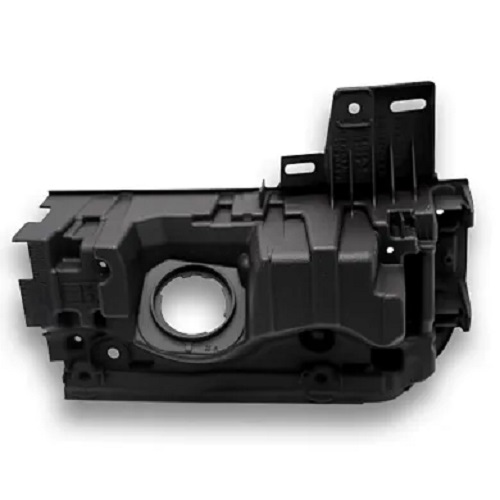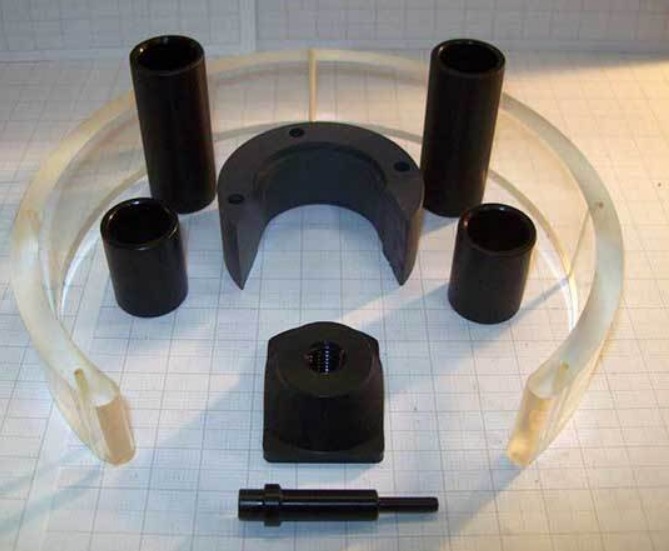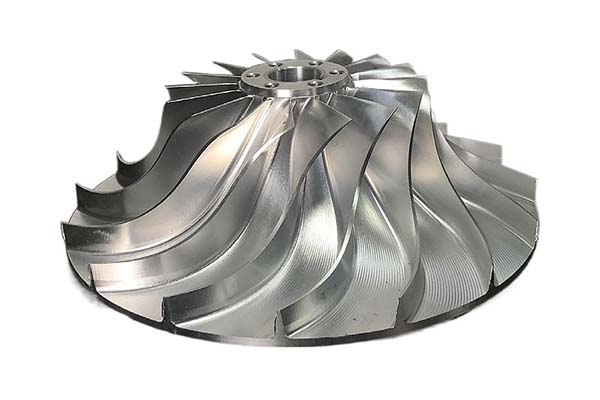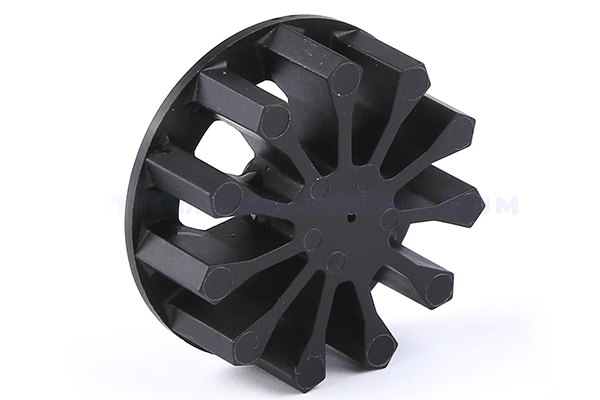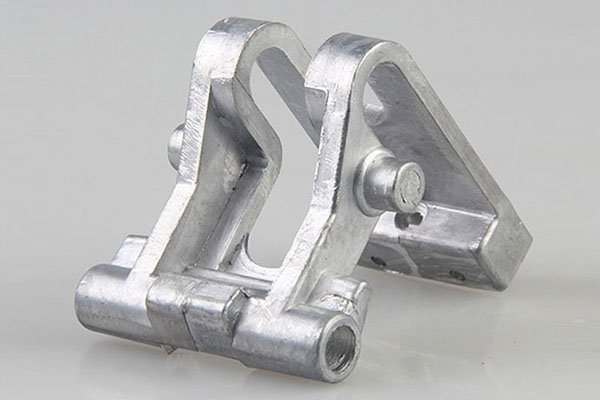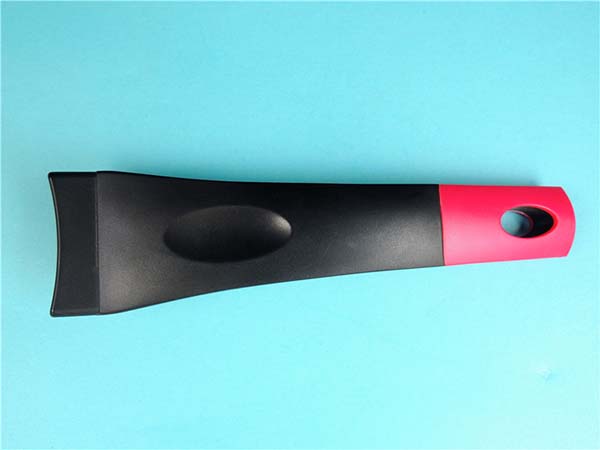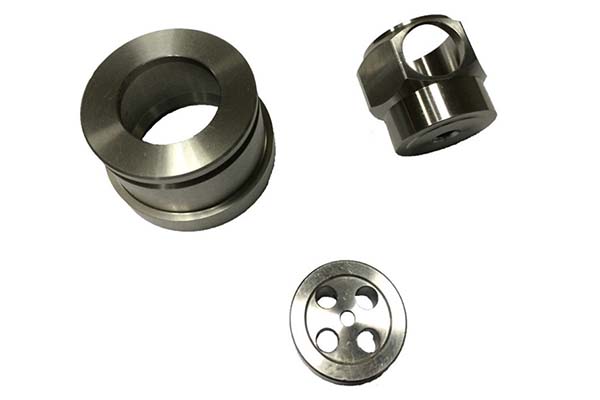The Significance of a Reliable Rapid Prototype Supplier
In the fast-paced world of product development, a reliable rapid prototype supplier is nothing short of a game-changer.
1. Shortening the Development Cycle
Time is of the essence in product development. A proficient rapid prototype supplier can significantly compress the time from concept to prototype. According to industry statistics, with an experienced supplier, the prototype development time can be reduced by up to 40 - 60%. For instance, a traditional product development process might take 6 - 8 months to reach the prototype stage. However, with a reliable rapid prototype supplier leveraging advanced technologies like 3D printing and CNC machining, this timeline can be slashed to 2 - 3 months. This acceleration allows companies to quickly test the waters, gather feedback, and make improvements, getting their products to market much faster.
2. Cost - Effective Solution
Developing a product can be costly, especially if there are multiple design iterations. A reliable rapid prototype supplier helps in cost - control in several ways. By creating accurate prototypes early on, the number of costly mistakes during mass production is minimized. Research shows that for every \(1 spent on prototyping, companies can save up to \)10 - $100 in production costs. For example, if a company discovers a design flaw in the mass production stage, it could cost thousands of dollars to rectify. But if the same flaw is caught during the prototyping stage, the cost to fix might only be a few hundred dollars.
3. Enhancing Product Quality
Quality is non - negotiable in product development. A good rapid prototype supplier uses high - quality materials and advanced manufacturing techniques. They have in - house quality control systems to ensure that each prototype meets the highest standards. This results in a better - designed and more functional final product. For example, in the automotive industry, a reliable supplier can create prototypes that accurately simulate the performance of the final vehicle components, allowing manufacturers to optimize their designs for safety, durability, and fuel efficiency.
Key Factors to Consider When Selecting a Rapid Prototype Supplier
Experience and Expertise
Experience is a gold - standard metric when evaluating a rapid prototype supplier. A supplier with a long - standing presence in the industry, say, over 10 years, has likely weathered various challenges and amassed in - depth knowledge. They have dealt with diverse materials, complex geometries, and demanding client requirements. For example, a supplier that has been in the business for 15 years has probably completed hundreds or even thousands of projects. Reviewing their portfolio of past successful projects can give you a clear picture of their capabilities. If they have worked on projects similar to yours, such as creating prototypes for the consumer electronics industry when you're developing a new smart device, it's a strong indication that they have the right expertise.
Range of Services
A comprehensive rapid prototype supplier should offer a wide array of services. Here are some common ones and their pros and cons presented in a table:
| Service | Advantages | Disadvantages |
| 3D Printing | Fast production time, suitable for complex geometries, low tooling costs | Limited material options in some cases, may have lower strength compared to other methods for large - scale parts |
| CNC Machining | High precision, can work with a vast range of materials including metals and plastics, good for small - to - medium batch production | Higher cost for complex shapes, longer production time for some designs |
| Injection Molding | Ideal for high - volume production, produces consistent parts with high surface quality | High initial tooling costs, long lead - time for tooling setup |
Quality Assurance
Quality assurance is non - negotiable. A reliable supplier should hold relevant certifications such as ISO 9001. This certification indicates that they have a well - defined quality management system in place. They should also be equipped with advanced 检测设备 like coordinate measuring machines (CMMs). CMMs can accurately measure the dimensions of a prototype, ensuring that it meets the design specifications within tight tolerances. Regular in - process inspections and final product testing are also crucial steps in their quality control measures.
Turnaround Time
In the fast - paced world of product development, a short turnaround time can be a game - changer. A good rapid prototype supplier will have optimized their production processes. They might use advanced scheduling software to manage their production resources efficiently. For example, by prioritizing urgent orders without sacrificing quality, they can ensure that your prototype is delivered as quickly as possible. Some suppliers may also offer express services for an additional fee, which can cut the delivery time by up to 50% in certain cases.
Cost - Effectiveness
While cost is an important factor, it should not be the sole determinant. The cheapest supplier may not always offer the best value. Instead, look for a balance between price and quality. A supplier that offers a reasonable price but has a high defect rate may end up costing you more in the long run due to rework and delays. Request detailed quotes from multiple suppliers, comparing not only the upfront cost but also any additional charges for services like finishing, shipping, and revisions. Some suppliers may offer volume discounts, so if you plan to order multiple prototypes, it's worth inquiring about these cost - saving opportunities.
Real - World Examples of Successful Collaborations with Rapid Prototype Suppliers
Case 1: Consumer Electronics Company
A well - known consumer electronics company was developing a new smartwatch. They partnered with a rapid prototype supplier that had expertise in 3D printing and precision machining. The supplier was able to quickly create multiple prototypes based on the initial design concepts.
By using 3D printing, the first - round prototypes were ready within a week, allowing the electronics company to start usability testing much earlier than planned. These early prototypes helped in identifying design flaws such as uncomfortable wristband designs and issues with the touch - screen interface.
After several design iterations and improvements, the final prototype was produced using CNC machining to ensure high - quality and precise components. As a result of this collaboration, the product development cycle was shortened by 5 months. The smartwatch was launched in the market 3 months ahead of its competitors, capturing a significant market share. In the first year of its launch, it sold over 500,000 units, generating a revenue of $25 million.
Case 2: Automotive Manufacturer
An automotive manufacturer was working on a new electric vehicle model. Their goal was to develop a lightweight and aerodynamic body structure. They chose a rapid prototype supplier with a long - standing reputation in the automotive industry.
The supplier used advanced materials like carbon fiber composites and state - of - the - art manufacturing techniques. Through a series of prototypes, they optimized the design for maximum strength and minimum weight. The prototypes were rigorously tested for aerodynamics in a wind tunnel.
Thanks to the close collaboration, the manufacturer was able to finalize the design 4 months earlier than expected. This early start on production meant that they could meet the high - demand for electric vehicles in the market. The new electric vehicle model saw a 20% increase in fuel efficiency compared to previous models, and within the first year of production, they sold 10,000 units, with a profit margin increase of 15%.
Yigu Technology's View
As a non - standard plastic and metal products custom supplier, Yigu Technology deeply understands the significance of a rapid prototype supplier. In our view, a successful rapid prototype supplier must first and foremost have a precise grasp of customer requirements. This means not only understanding the basic design concepts but also delving into the underlying purposes and expected applications of the prototypes.
We believe in leveraging advanced technologies and state - of - the - art equipment to achieve efficient production. Whether it's 3D printing for its speed and design flexibility or CNC machining for high - precision components, choosing the right technology for each project is crucial.
Close communication with customers throughout the process is another key point we emphasize. From the initial design phase to the final product delivery, maintaining an open line of communication helps in promptly addressing any issues and ensuring that the final prototype meets or even exceeds customer expectations. Quality control should be carried out at every stage, from material selection to the finished product inspection, to guarantee the highest quality prototypes.
FAQ
What is the typical lead time for a rapid prototype?
The typical lead time for a rapid prototype can range from a few days to a few weeks. For simple 3D - printed prototypes, it could be as short as 3 - 5 days. However, more complex prototypes involving CNC machining or multiple manufacturing processes may take 2 - 3 weeks. Factors such as the complexity of the design, the availability of materials, and the workload of the supplier can all influence the lead time.
How can I ensure the quality of the rapid prototype?
To ensure the quality of the rapid prototype, first, choose a supplier with relevant quality certifications like ISO 9001. Clearly communicate your quality standards and requirements to the supplier from the start. Request detailed inspection reports and, if possible, samples of previous work. Conduct regular check - ins during the production process to address any emerging issues promptly. You can also specify the use of high - quality materials and manufacturing techniques in your requirements.
Can a rapid prototype supplier help with design improvements?
Yes, a professional rapid prototype supplier can offer valuable design improvement suggestions. Based on their experience with different materials and manufacturing processes, they can point out potential design flaws that may cause production issues or affect the functionality of the final product. For example, they may suggest changes in wall thickness, fillet radii, or material selection to enhance the strength, manufacturability, and overall performance of the product.

